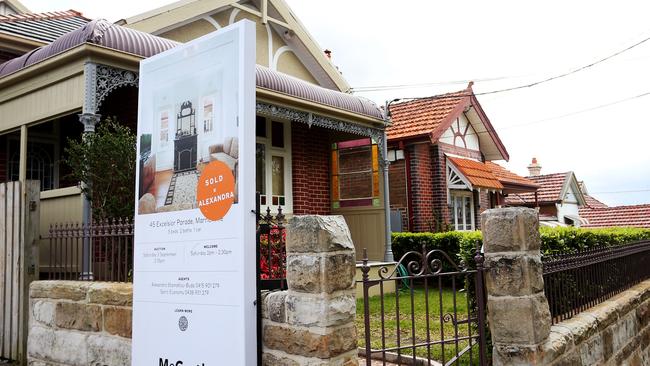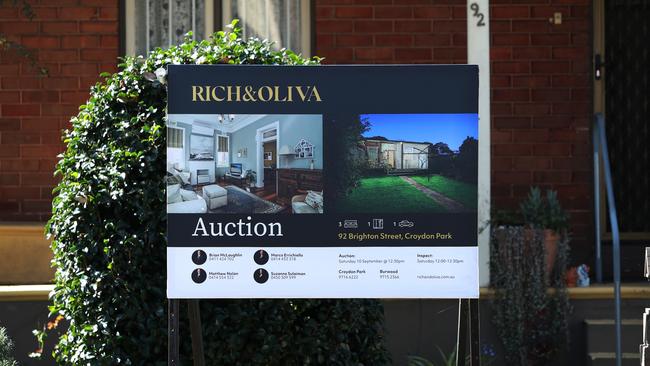Surprising finding on house prices after rate rises: PropTrack report
There’s been a lot of doom and gloom surrounding house prices and new data released shows the impact from five months of super-sized rate hikes.
House prices fell by 0.19 per cent in September on average across Australia – the smallest drop since April in what could be some welcome relief for homeowners.
In the capital cities, prices dropped by 0.22 per cent overall, the PropTrack report found. This means capital city prices have reversed with falling prices in the last seven months taking them to the same level a year ago.
“Sydney and Melbourne – which have been leading price falls across the country – saw falls
ease. However, prices in Melbourne are below their level a year ago for the first time since 2019 after falling 0.29 per cent,” PropTrack Senior Economist and report author Paul Ryan said.
“Sydney prices fell 0.18 per cent and are now 3.7 per cent below their September 2021 level.”
However, this bucked the recent trend of these cities consistently seeing the largest falls since April.
Wondering what can cause falling house prices? Check out Compare Money's guide >

Regionally, house prices fell 0.11 per cent in September, but this was minor considering prices have skyrocketed by 46.6 per cent since the start of the pandemic.
For regional areas of South Australia and Tasmania continue to defy national falls, hitting new price peaks in September.
Darwin experienced the biggest shock to house prices with an 0.37 per cent drop in September, while Adelaide saw its second consecutive month of price falls at 0.16 per cent.
But Adelaide is the strongest performing capital city market over the past year, up 16 per cent, with continued affordability, given typical house values are around $700,000, the report added.

Other capital cities also saw drops including 0.29 per cent in Brisbane and Perth.
“The slowdown in price growth in Brisbane has been rapid. Prices are up 12 per cent over the past year after recording annual growth rates above 30 per cent in early 2022,” Mr Ryan said.
“However, prices remain 45 per cent higher than in March 2020. Strong migration flows to South East Queensland are likely to prevent Brisbane experiencing the largest price falls
over the next year.”
Yet, overall the price drops have barely made a dent after dramatic surges in value since the pandemic hit.
“Despite recent falls, prices are still significantly above their pre-pandemic levels,” Mr Ryan added.
“Regional areas remain up almost 50 per cent since March 2020. Capital city prices are up 25 per cent over the same time period.”

However, Mr Ryan warned that house prices are still set to be battered by rising interest rates.
“The moderation in price falls does not herald the end of declines; interest rates have continued to increase and expectations of a hike in early October will push prices lower throughout spring,” he said.
“While we expect home prices to continue to fall across the country in 2022 and into 2023, we will see a pick-up in market activity for spring in October as public holidays have delayed some selling activity so far.”



